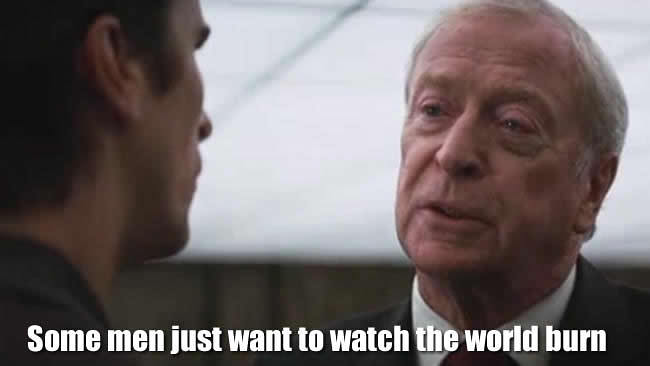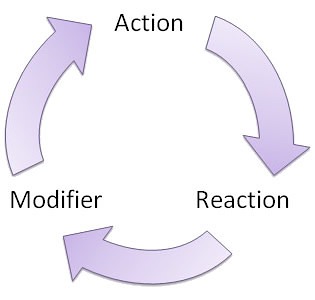One of the questions I get asked about when people see my User Types, “What about Killers?” Now I have spoken about the Bartle Killer type and why I don’t really account for them in the types. In a nutshell, Killers want to destroy and humiliate other players in MMO’s. This is not a behaviour we are trying to build for in gamificaiton and as my User Types are written to help give ideas and structure for designing systems – they didn’t really have a place. This is especially in enterprise gamificaiton where this type would be handled with internal policy!
Negative feedback
Feedback Loops, Gamification and Employee Motivation
To anyone involved in game design, feedback loops will be a well known concept. To those in gamification, they are often talked about, but not everyone will know what they actually are and how they can be used.
Feedback loops come in two main flavors; positive feedback loops and negative feedback loops. Which ever you are looking at they are constructed in a similar way, with two or more phases.
- User performs an action
- Something happens
- User experience is modified
- Repeat
Basic Feedback Loop, will have 2 or more steps
A positive feedback loop amplifies something, whereas a negative feedback loop will reduce something.


